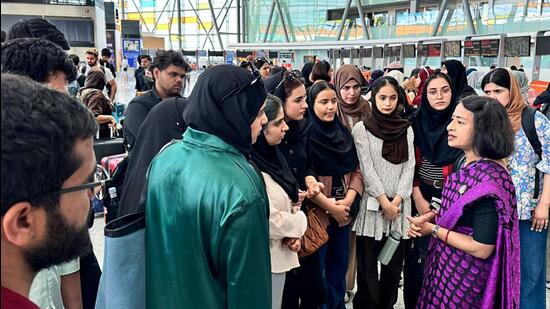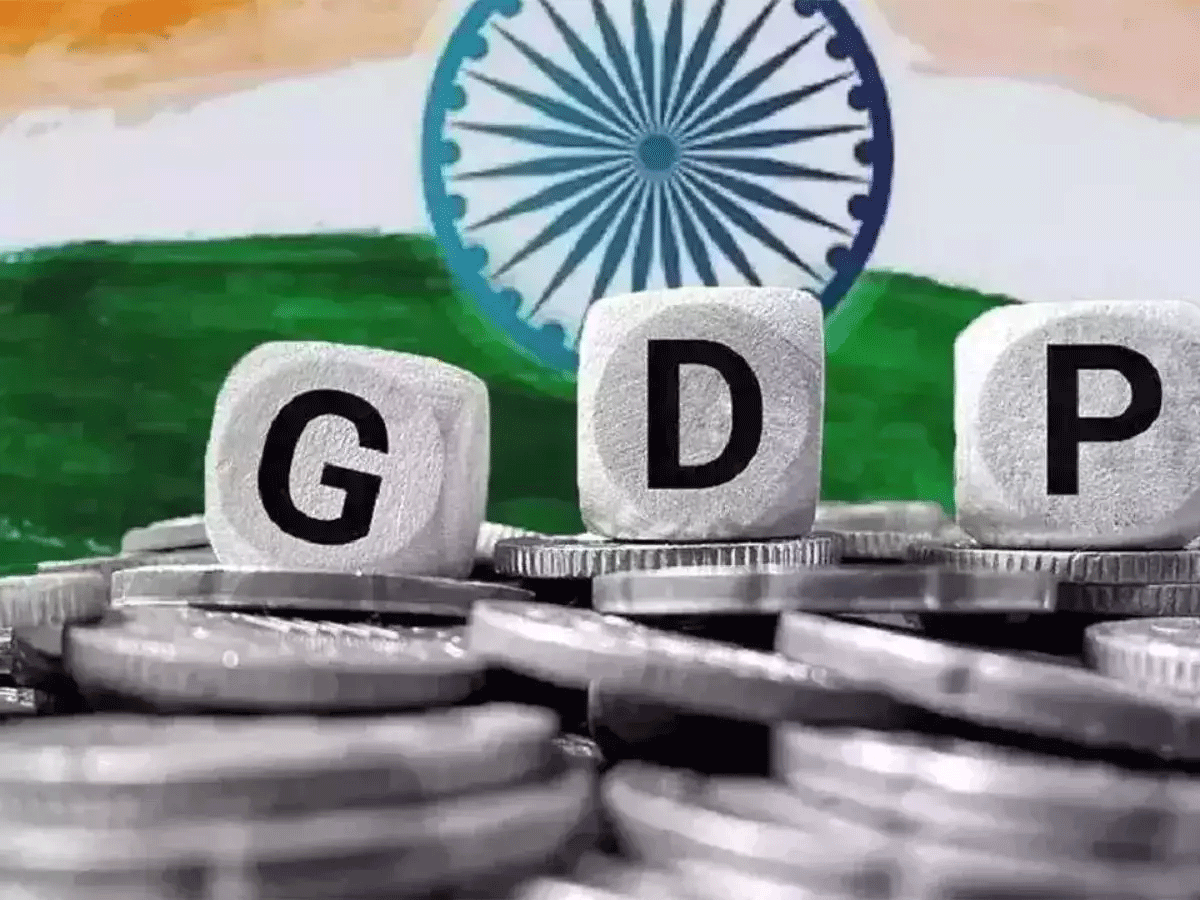- Courses
- GS Full Course 1 Year
- GS Full Course 2 Year
- GS Full Course 3 Year
- GS Full Course Till Selection
- Answer Alpha: Mains 2025 Mentorship
- MEP (Mains Enrichment Programme) Data, Facts
- Essay Target – 150+ Marks
- Online Program
- GS Recorded Course
- Polity
- Geography
- Economy
- Ancient, Medieval and Art & Culture AMAC
- Modern India, Post Independence & World History
- Environment
- Governance
- Science & Technology
- International Relations and Internal Security
- Disaster Management
- Ethics
- NCERT Current Affairs
- Indian Society and Social Issue
- NCERT- Science and Technology
- NCERT - Geography
- NCERT - Ancient History
- NCERT- World History
- NCERT Modern History
- CSAT
- 5 LAYERED ARJUNA Mentorship
- Public Administration Optional
- ABOUT US
- OUR TOPPERS
- TEST SERIES
- FREE STUDY MATERIAL
- VIDEOS
- CONTACT US
Panama Exits China’s Belt and Road Initiative: A Strategic Shift
Panama Exits China’s Belt and Road Initiative: A Strategic Shift
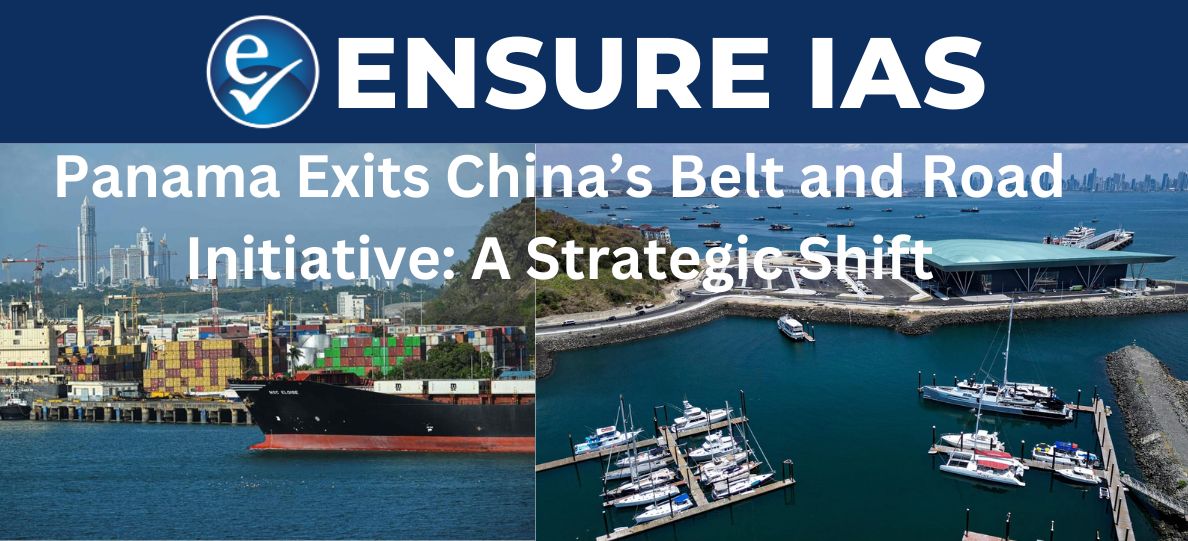
Panama's recent decision to exit China's Belt and Road Initiative (BRI) marks a significant shift in global geopolitics, especially concerning China's expansive infrastructure strategy. This move has implications not only for Panama but also for the broader international community, including countries like India.
Introduction: Panama's Decision to Withdraw from the Belt and Road Initiative (BRI)
- In February 2025, Panama decided not to renew its participation in China's Belt and Road Initiative upon the agreement's expiration.
- This move aligns with a broader trend of countries reassessing BRI participation due to strategic and financial concerns.
- As a key global trade hub, Panama’s withdrawal raises critical questions about the BRI’s future and China’s long-term influence in the region (Latin America).
Understanding the Belt and Road Initiative (BRI)
The Belt and Road Initiative (BRI), launched in 2013 by Chinese President Xi Jinping, is a global infrastructure development strategy that aims to improve trade connectivity across Asia, Africa, Europe, and Latin America. The BRI consists of two main components:
- Silk Road Economic Belt – A land-based network linking China to Central Asia, Europe, and the Middle East through railways, highways, and energy corridors.
- 21st Century Maritime Silk Road – A sea-based route connecting China to Southeast Asia, Africa, and Europe via port developments and shipping lanes.
|
BRI |
Description |
|
Official Launch |
2013 |
|
Headquarters |
Beijing, China |
|
Participating Countries |
Over 140 nations across multiple continents |
|
Investment Scope |
Estimated at $1 trillion, encompassing projects in transport, energy, digital infrastructure, and trade corridors |
The initiative aims to strengthen China's economic leadership but has also raised concerns over debt dependency, geopolitical influence, and transparency issues.
The Global Reach of the BRI: China’s Expanding Influence
The BRI has facilitated infrastructure projects worldwide, significantly increasing China's economic footprint and geopolitical influence. Some of the most notable projects include:
- China-Pakistan Economic Corridor (CPEC) – A $62 billion project connecting China’s Xinjiang region to Pakistan’s Gwadar Port, offering China direct access to the Indian Ocean.
- Hambantota Port (Sri Lanka) – A Chinese-funded port, later leased to China for 99 years after Sri Lanka struggled with debt repayments.
- Djibouti Military and Commercial Port – China’s first overseas military base, located strategically near one of the world’s busiest shipping routes.
- African Railways and Roads – Infrastructure projects in Kenya, Ethiopia, and Nigeria, boosting intra-regional trade.
The BRI has undoubtedly expanded China’s global reach, but it has also faced criticism for creating economic dependencies and strategic vulnerabilities for participating countries.
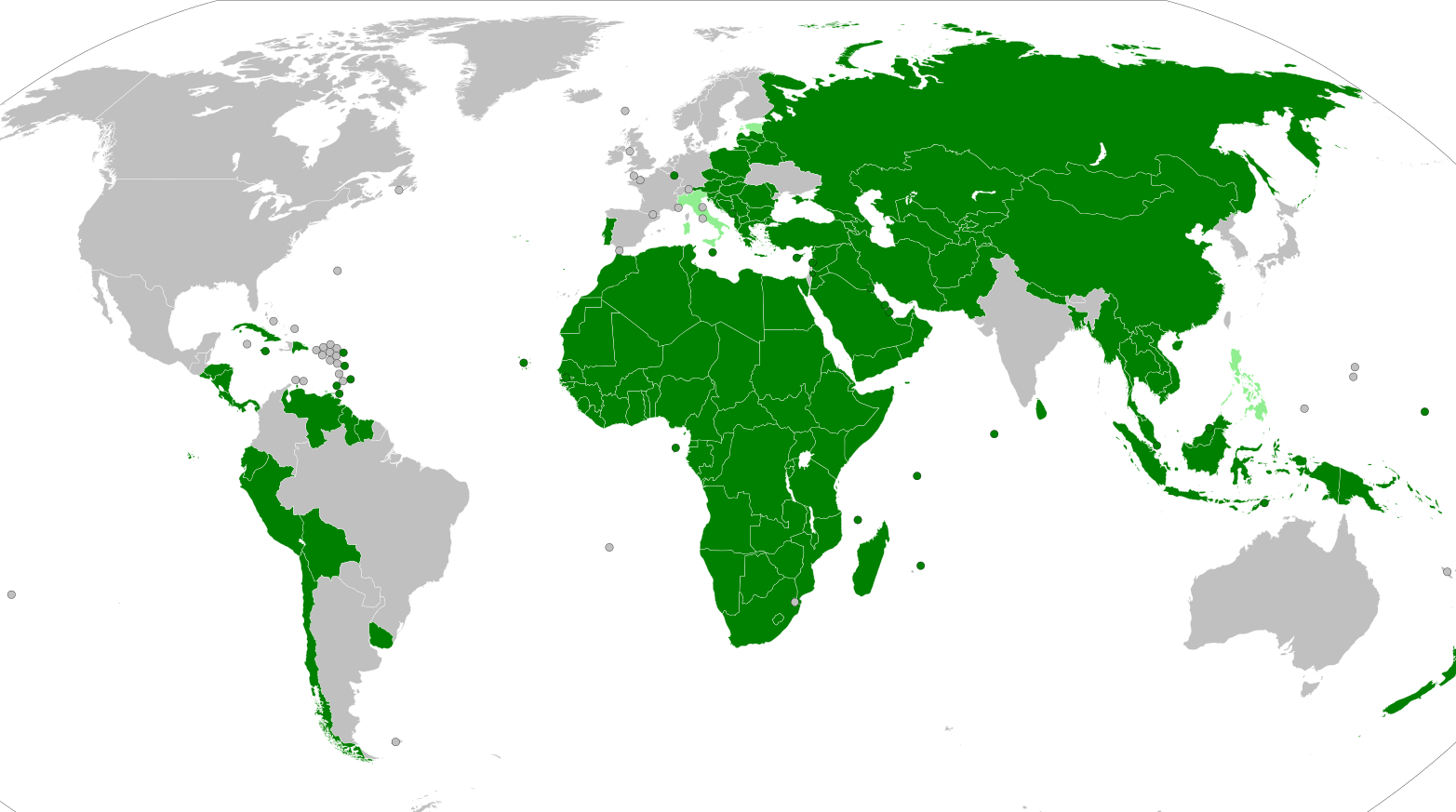
Panama's Role in the BRI
- Panama is a Central American country that connects North and South America. It is bordered by Costa Rica to the west, Colombia to the southeast, the Caribbean Sea to the north, and the Pacific Ocean to the south.
- Panama holds immense importance in global trade due to the Panama Canal, which connects the Atlantic and Pacific Oceans, facilitating around 6% of global maritime trade and significantly reducing shipping time and costs
- Panama joined the BRI in 2017, becoming the first Latin American country to do so. The partnership led to several significant projects, including plans for a high-speed railway connecting Panama City to the western province of Chiriquí.
- Additionally, Chinese companies secured contracts to develop port facilities and other infrastructure projects in Panama, aiming to enhance the country's position as a critical logistics hub in the Americas.
Why Did Panama Exit the BRI?
Panama’s decision to withdraw from the BRI was influenced by several strategic, economic, and geopolitical factors:
1. National Sovereignty Concerns:
- The Panama Canal is a critical global trade route, and increased Chinese investments in nearby infrastructure raised concerns over potential external influence.
- The U.S. and its allies have warned Panama about allowing excessive Chinese economic and strategic control over its territory.
2. Economic Risks and Debt Concerns:
- Several BRI countries, including Sri Lanka, Zambia, and Laos, have struggled to repay high-interest loans.
- Panama aimed to avoid falling into a debt-trap scenario, where economic policies could be dictated by external creditors.
3. Lack of Promised Economic Benefits
- Many BRI projects in Panama failed to generate the expected economic boost.
- The high-speed railway project and port development did not progress as initially planned, reducing incentives to continue the partnership.
4. Shift Toward the U.S. and Western Allies
- Panama has been strengthening diplomatic and trade ties with the United States and the European Union.
- U.S. Secretary of State Marco Rubio played a crucial role in convincing Panama to reconsider its BRI participation.
Recent Exits from the BRI
Panama is not alone in reconsidering its BRI participation. Several nations have either withdrawn, renegotiated, or reduced their engagement with China’s initiative due to economic and strategic concerns.
- Italy: In 2019, Italy became the first G7 nation to join the BRI. However, by 2023, Italian officials expressed dissatisfaction with the limited economic benefits and signaled intentions to withdraw from the initiative.
- Philippines: In late 2023, the Philippines announced its departure from the BRI, citing concerns over unfavorable loan terms and the strategic implications of Chinese-funded infrastructure projects.
Controversies Surrounding the BRI
The Belt and Road Initiative has been criticized for several controversial aspects, including:
- Debt Trap Diplomacy: Some nations struggle to repay loans, forcing them to cede control over strategic assets (e.g., Hambantota Port in Sri Lanka).
- Lack of Transparency: Many BRI projects have been criticized for opaque bidding processes and insufficient adherence to international standards, leading to concerns about corruption and governance.
- Environmental and Social Impact: Large-scale infrastructure projects have led to deforestation, displacement of communities, and ecological damage.
- Geopolitical Power Projection: The BRI is seen as a strategic tool for China to expand its global military and economic influence.
Global and Indian Alternatives to the BRI
In response to concerns over China’s BRI, several nations and global alliances have proposed alternative infrastructure projects:
- Blue Dot Network: Launched by the United States, Japan, and Australia, this initiative aims to promote high-quality, sustainable infrastructure development by certifying projects that meet robust international standards.
- India-Middle East-Europe Economic Corridor (IMEC): A proposed trade corridor connecting India with Europe via the Middle East, as a strategic alternative to the BRI.
- India’s Act East Policy: Focuses on strengthening economic and strategic ties with ASEAN, Japan, and Indo-Pacific nations.
India’s Issues with the BRI
India has consistently opposed the BRI, citing concerns over sovereignty, security, and economic competition
- China-Pakistan Economic Corridor (CPEC) passes through Pakistan-occupied Kashmir (PoK), violating India’s territorial integrity
- Encirclement Strategy ("String of Pearls") – China’s military presence in South Asia (Sri Lanka, Bangladesh, Pakistan) poses security risks for India.
- Debt-driven Diplomacy – India fears that BRI projects in its neighborhood could lead to long-term Chinese influence.
The Future of the BRI and Implications for Other Countries
The BRI's future appears increasingly complex:
- Reassessments: Countries are becoming more cautious, weighing the economic benefits against potential sovereignty and debt-related risks.
- Diversification: Nations are exploring alternative partnerships and infrastructure initiatives to reduce dependence on any single country.
- China's Adaptation: Facing criticism, China may seek to reform the BRI by enhancing transparency, ensuring debt sustainability, and fostering more equitable partnerships.
In conclusion, Panama's exit from the Belt and Road Initiative underscores the evolving perceptions of China's global infrastructure strategy. As countries reassess their involvement, the BRI's trajectory will significantly influence international economic and geopolitical landscapes.
|
Also Read |
|


